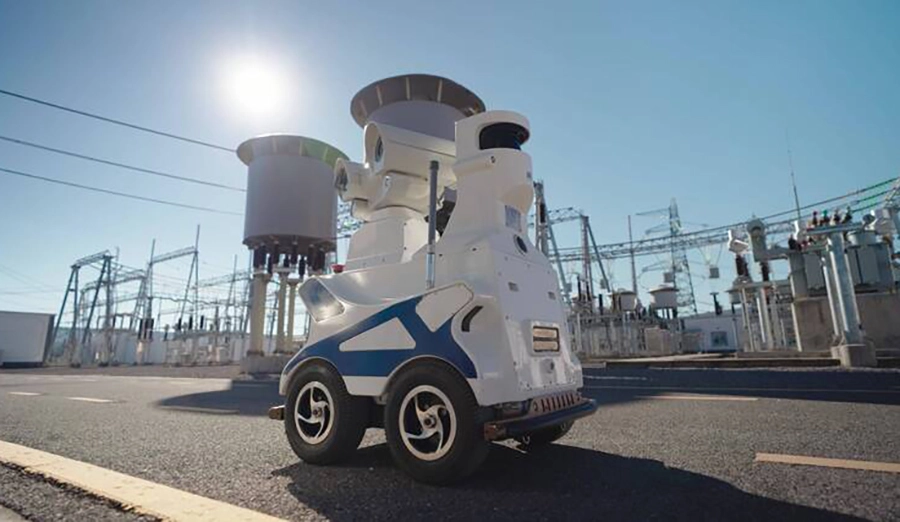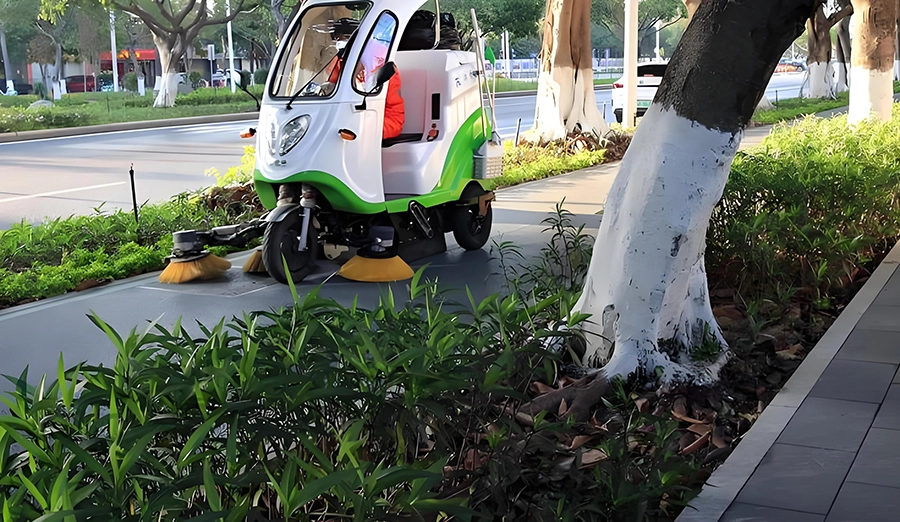
WIRELESS CHARGING IN THE NEWS
Electric scooters, as a popular means of short-distance urban travel, are promoting the rapid implementation of wireless charging technology. Wireless charging piles enhance user experience through "contactless energy replenishment" and optimize public space management at the same time, becoming an innovative node in the construction of smart cities.
Technical principles and core advantages
Most wireless charging piles for electric scooters adopt electromagnetic induction or magnetic resonance technology. Users only need to park their vehicles in the charging area (usually within the coverage of the ground induction coil), and the vehicles will be charged automatically. Its advantages include:
1. Ultimate convenience: Eliminates the need for plugging and unplugging steps, supports "stop and charge immediately", especially suitable for high-frequency usage scenarios of shared scooters;
2. Safe and durable: With no exposed electrodes, it avoids rain erosion and human damage. The failure rate is reduced by more than 60% compared with wired charging.
3. Space-friendly: The charging piles can be embedded in the ground or designed as an integrated whole with parking piles, reducing the occupation of pedestrian passages.
Application scenarios and implementation cases
Shared mobility: European brand Voi has piloted wireless charging scooters in Berlin. The vehicles automatically return to their original positions for charging at night, reducing battery wear by 30% and saving 25% in operation and maintenance costs.
Community charging: Some residential areas in Shanghai have introduced ground-mounted wireless charging piles. Residents can park them at home to recharge. A single charge takes 4 hours and provides a range of 25 kilometers.
Commercial facilities: The Orchard Road business district in Singapore has deployed parking stations for electric scooters with charging functions. Users can charge them for free while shopping, enhancing the business district's ability to attract customers.
Challenges and Future Trends
At present, the cost of wireless charging piles is relatively high (about twice that of wired solutions), and the charging protocols for different brands of scooters have not yet been unified. However, with enterprises like Huawei and Xiaomi entering the field of standardized research and development, cross-brand compatibility is expected to be achieved after 2025. It is estimated that by 2030, the global market size of wireless charging for electric scooters will exceed 5 billion US dollars, driving urban micro-mobility into the era of "zero-contact energy replenishment".
Wireless charging piles are not only a technological iteration but will also reshape the short-distance travel ecosystem - from "people looking for electricity" to "electricity following people", the last mile of urban transportation is becoming smarter and more seamless.







